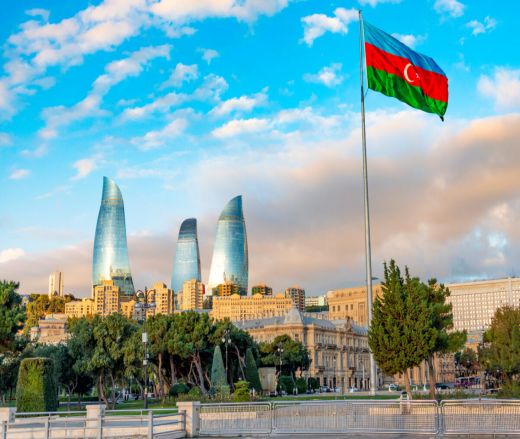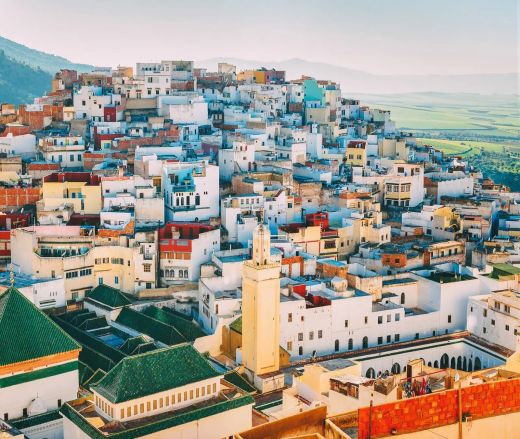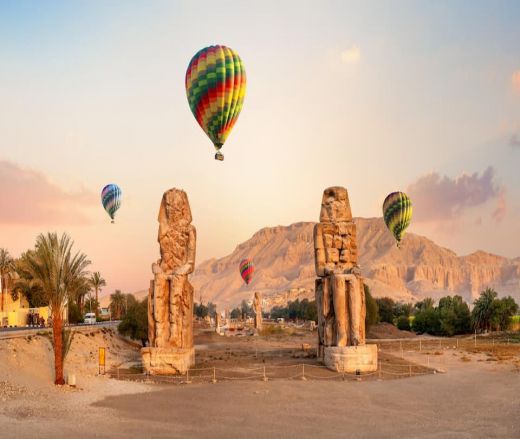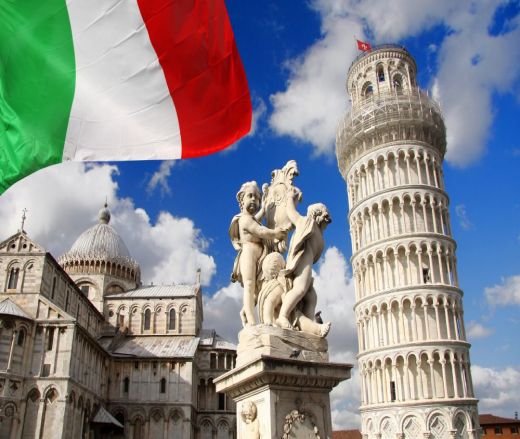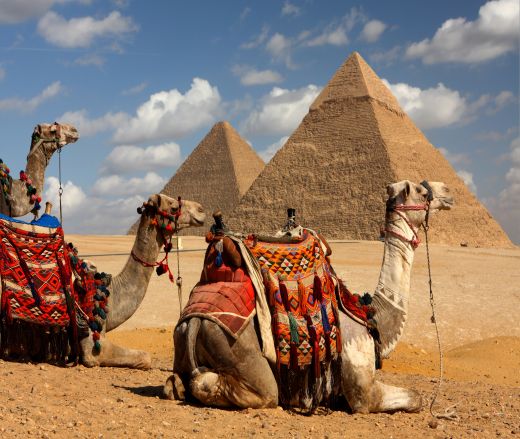Ancient villages of Azerbaijan. The villages of Khinalig and Lahich.
Ancient villages of Azerbaijan. The villages of Khinalig and Lahich.
The village of Khinalig is one of the most hard-to-reach living places in Azerbaijan, but it is unique in its own way. Khinalig is the highest mountain village in Europe. Lahij is a village of craftsmen and artisans. Lagich or Lahij is an urban-type settlement located in the Ismayilli region of Azerbaijan.
The village of Khinalig is one of the most hard-to-reach living places in Azerbaijan, but it is unique in its own way.
Khinalig is the highest mountain village in Europe.
Khinalig is a village in the Guba region of Azerbaijan, located at an altitude of 2,100-2,200 meters above sea level. It is located in a hard to reach place on the slope of Mount Kyzylkaya.
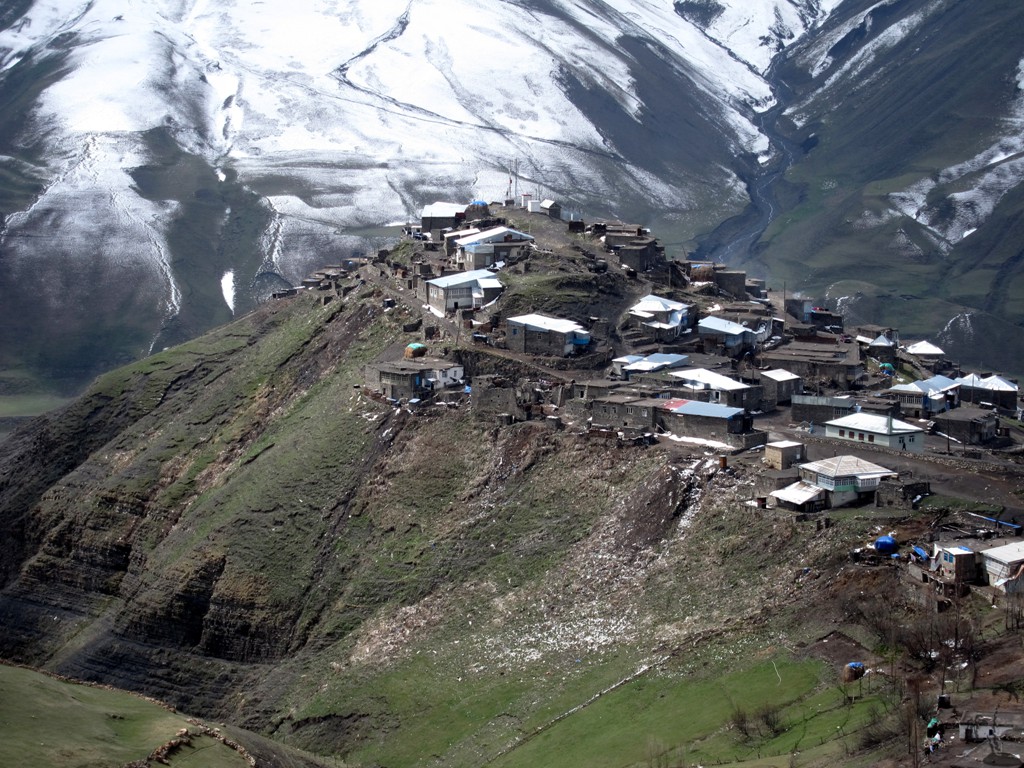
It is famous for its language, peculiar customs and traditions. Nowadays, there are about two thousand locals in in Khinalig. Almost the entire population is indigenous. The villagers themselves call the village Kyat, and call themselves Kyats - the direct descendants of the biblical Noah.. The Khinalug people are descendants of the population of Caucasian Albania, an ancient state that existed on the territory of present-day Azerbaijan, Dagestan and Georgia.

With its inaccessibility, peculiar language, unique architectural appearance and culture, the village attracts tourists and travelers. Here are located the temple of Fire-worshipers dating back to the Middle Ages, the tomb of Hydyr Nebi, the Sheikh Shalbuz, Abu Muslim mosques, caves and numerous unexplored archaeological sites.
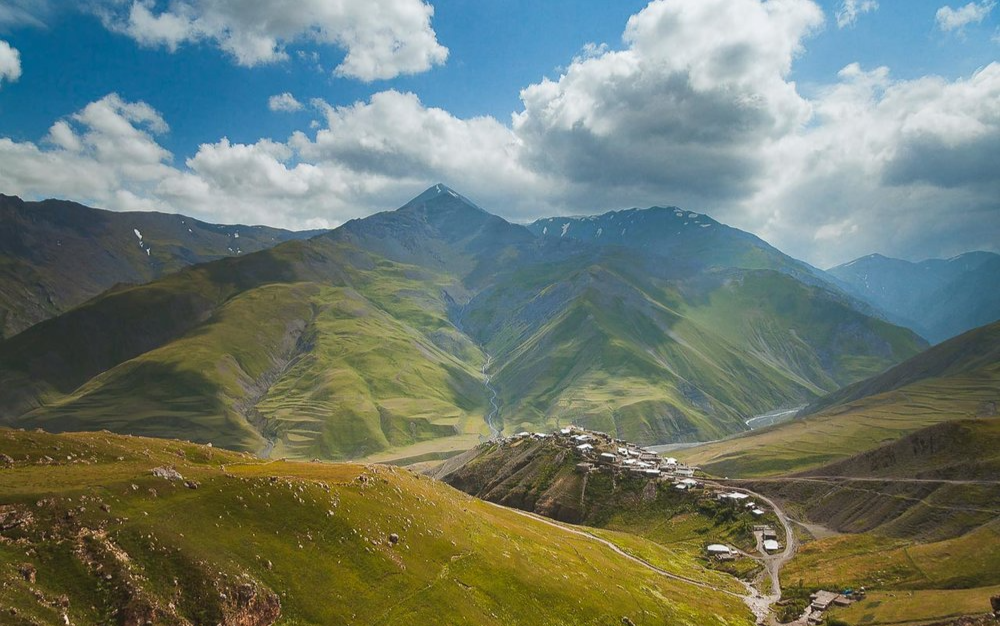
Khinalig is more than 5 thousand years old. For centuries this village was cut off from civilization by hard-to-reach mountains with dangerous rocky cliffs. Due to such isolation, its local people have managed to preserve a unique language that does not belong to any linguistic group, and traditions and customs that are not found anywhere else. In Khinalig they have preserved their language for more than 4000 years.
There is an asphalt road leading to Khinalig from the regional center of Guba. There is a border post and one of the entrances to the Shahdag National Park. The entire high-mountainous area around Khinalig is the Shahdag National Park, therefore it is also called the "Island in the Mountains". Now in Khinalig, there are about 400 houses, which are home to about two thousand residents.
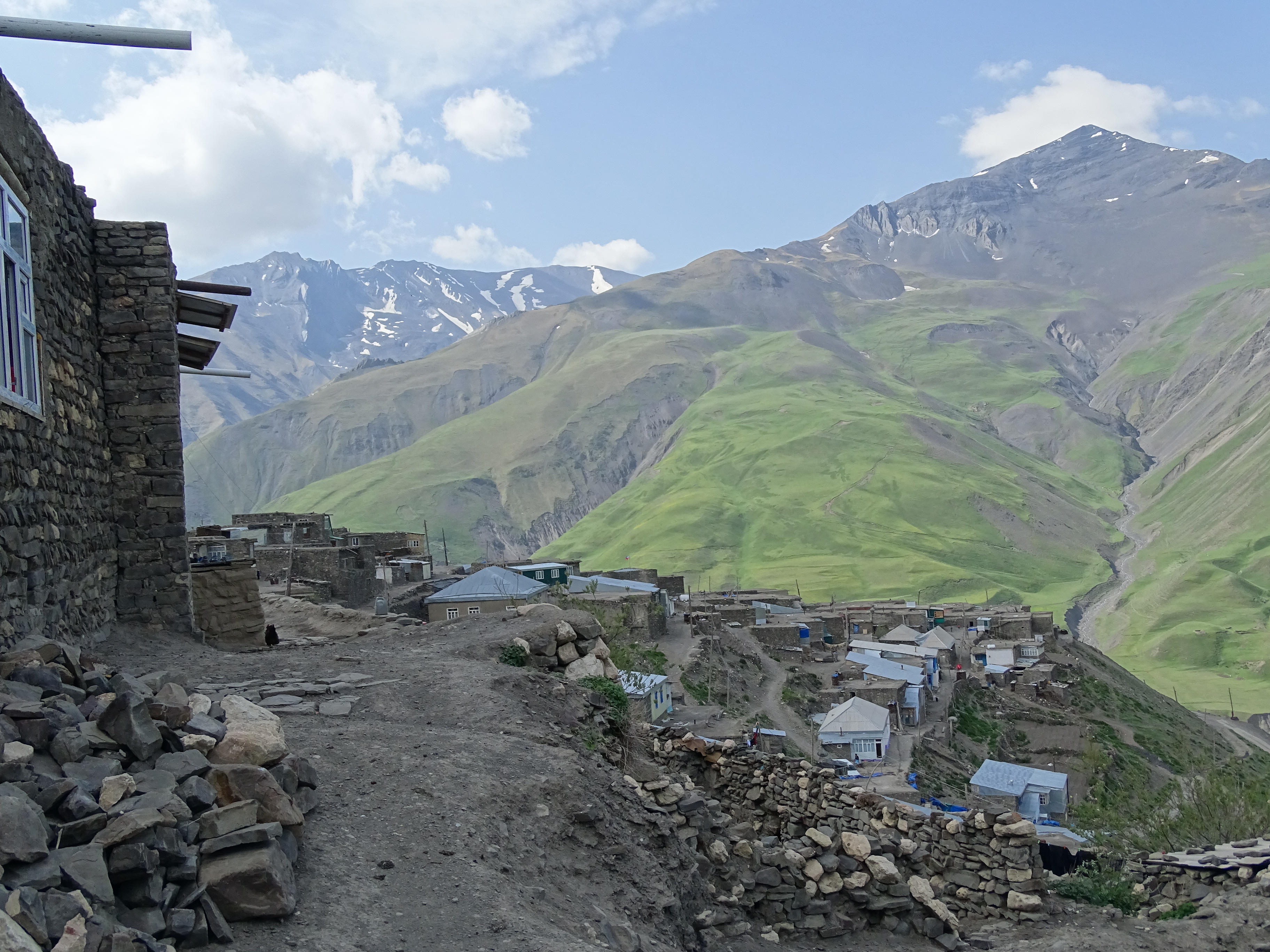
The architecture of the village is very unusual, the houses are located on terraces on the slopes of the mountains and the roof of one house serves as a courtyard for another house located above. There are many very ancient houses over 200 years old. Houses are built of stone, which is abundant around, clay and adobe - cow dung mixed with straw and clay, dried in the sun in the form of bricks.
The land here is poor, very stony, but even on such small plots, local people manage to grow potatoes and onions. Their food is simple: vegetables, bread, milk, cheese, mountain honey and dried goat meat, which is prepared in autumn.
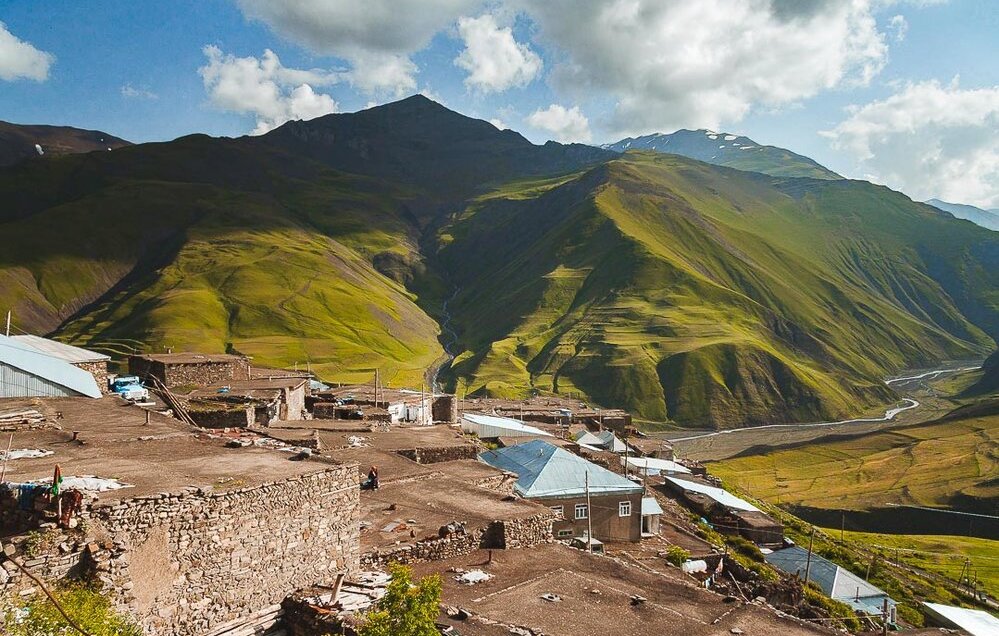
Every family has goats, low cows and poultry; there are also rams, but not many.
The local people are very friendly and hospitable, but despite this, only indigenous people live in Khinalig, a stranger cannot settle here. There are four clans in the village, each with its own cemetery, patterns on clothes and carpets. Marriages can only be concluded between the inhabitants of the village; marriages with the inhabitants of other villages are prohibited.
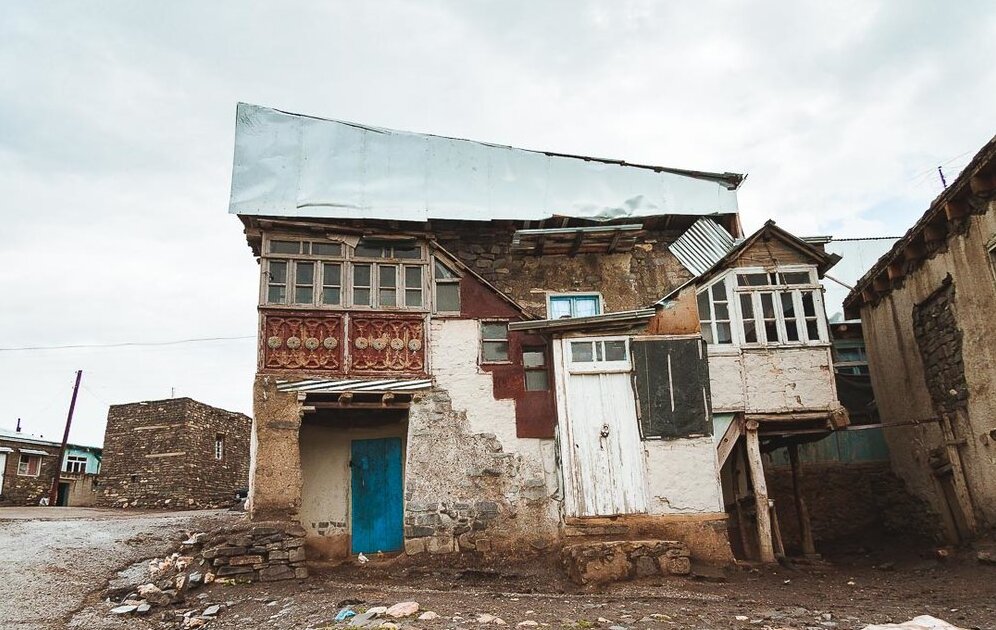
Khinalig is like a small state within a state that lives by its own laws. In a way, Khanalyg can be called a unique village that has been preserved for a long time and represents the cultural and historical heritage of this land.
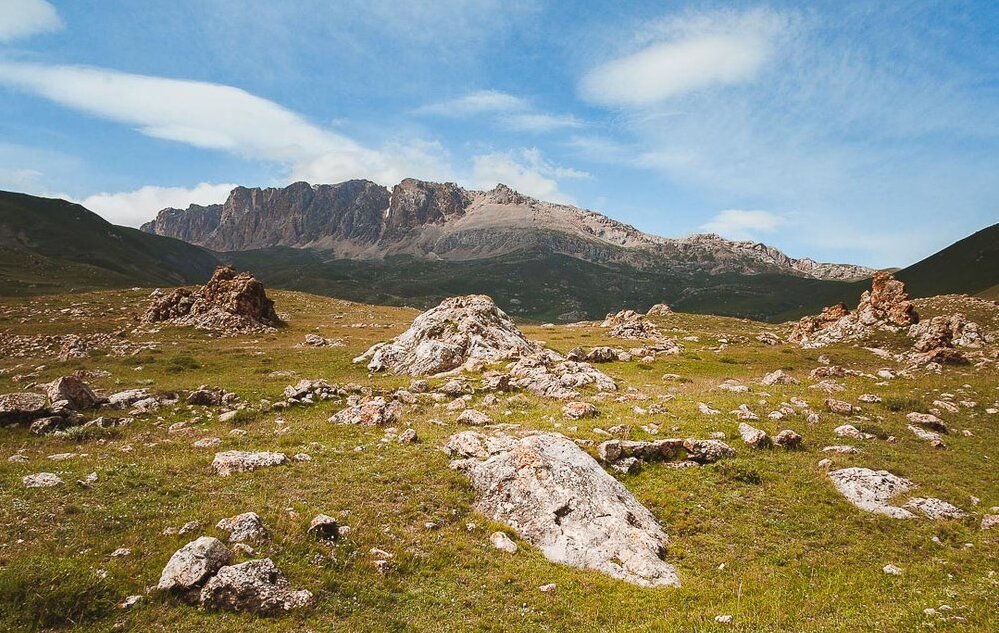
Khinalig people are very religious. There are many holy places in the village and not far from it - feasts with graves of saints, caves and unexplored archaeological sites. Some of them were built in the Middle Ages: the tomb of Khidir Nebi, Sheikh Shalbuz Mosque, Abu Muslim Mosque (XII century), Pirjomard Mosque (1388).
Of interest for tourists is the preserved here Temple of Zoroastrians, adherents of the ancient religion of Fire. The temple was built in the 9th century at the place where gas escaped from an unquenchable fire.
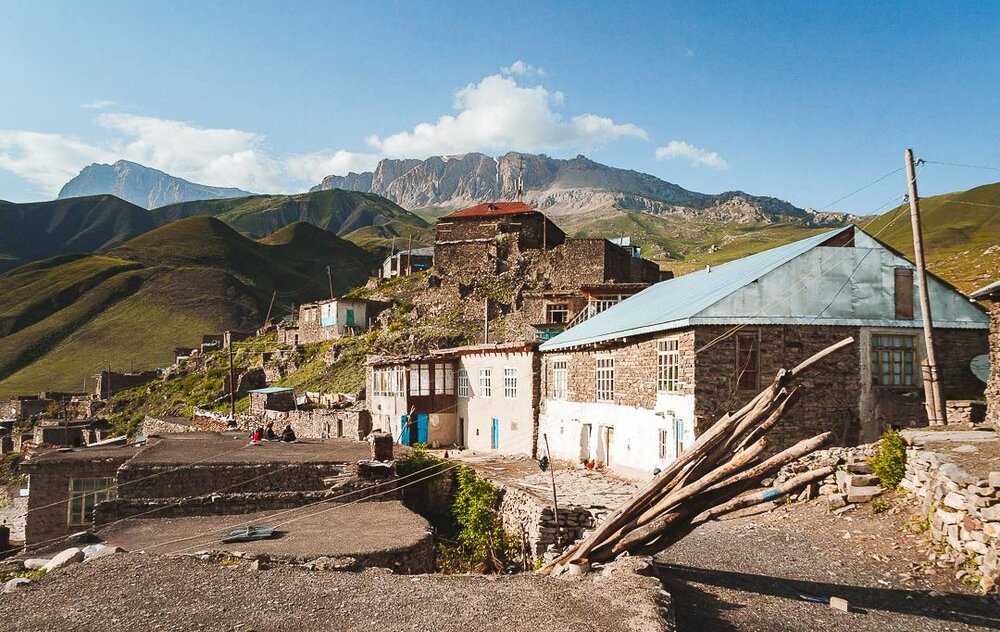
Lahij is a village of craftsmen and artisans.
Lagich or Lahij is an urban-type settlement located in the Ismayilli region of Azerbaijan.
The village of Lahich, built in the 5th century A.D. e. on the canyon of the Girdimanchay river (Upper Caucasus). This village is small, but very picturesque. The territory has been declared a cultural reserve and is considered a popular tourist route of the "Great Silk Road". It has a well-developed sewerage and water supply system and buildings built of stone, but shifted with wooden yards.
.jpg)
Lahij is an old center of handicraft production of copper dishes. Built on the principle of a quarterly development, it is an original monument of medieval urban planning and architectural art with cobbled streets and squares, a well-developed sewage and water supply system and buildings built of stone, but with wooden rails.
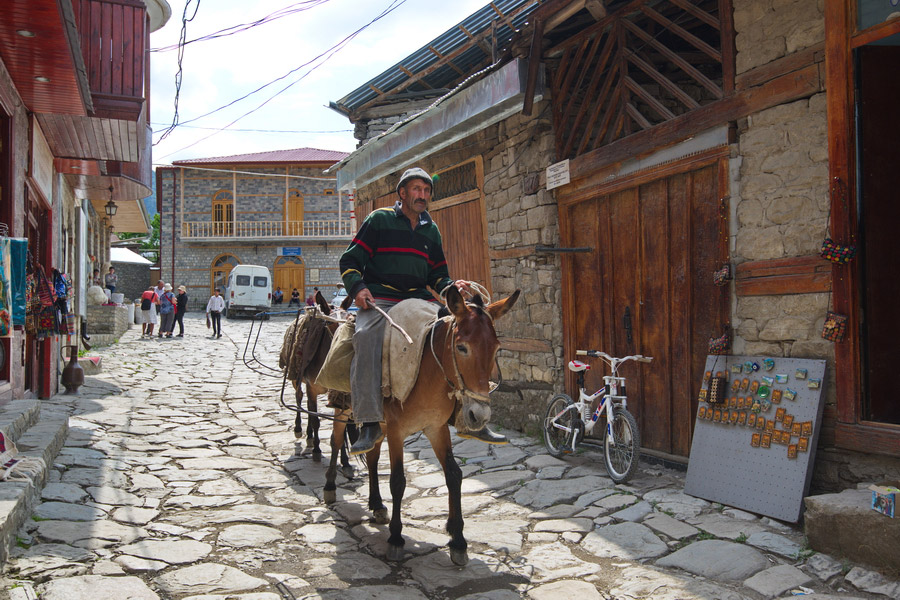
From ancient times to this day, Lahij retains the status of a trade and craft center. Here you can find unique, hand-made copper utensils decorated with engraving in the form of oriental ornaments, knitted and woven, wood and leather items, souvenir knives and much more.

The main activity of the population is the manufacturing of carpets and copper utensils.
Ancient legends tell about the origin of Lahij. According to one of them, the Persian Shah Kei-Khosrov killed the ruler of one of the cities. Fleeing from revenge, he took refuge in the mountains near modern Lahij, where he spent the rest of his life. Servants and confidants moved closer to the shah, founding a small settlement here, which expanded over time.
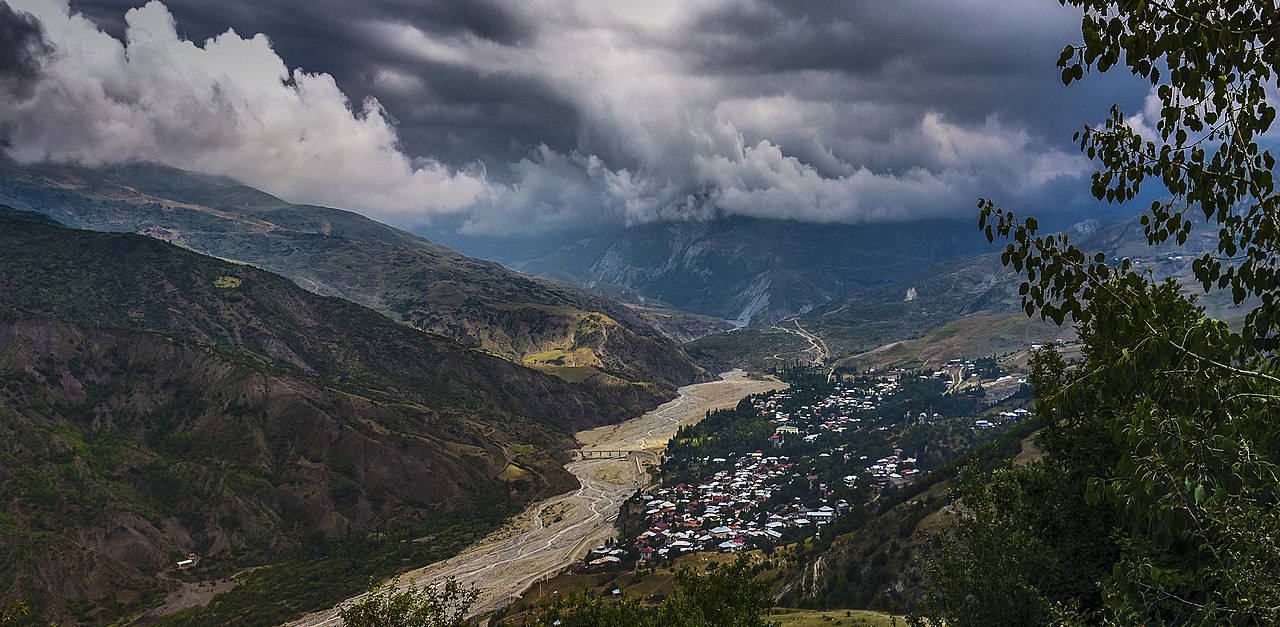
Lahij was built according to the principle of quarter development; it is a unique monument of medieval architecture. Cobbled streets and squares of the town, neat houses, a unique oriental flavor, an abundance of shops with many handicrafts - these features of Lahij attract the attention of many tourists. It is interesting that the sewerage system of the town still operates today, although it was laid 1000 years ago. Ancient methods of making copper products, passed down from generation to generation, are still used today. The development of various crafts: tinning, blacksmithing, copper, leatherworking contributed to the emergence of a number of auxiliary industries in Lagich.
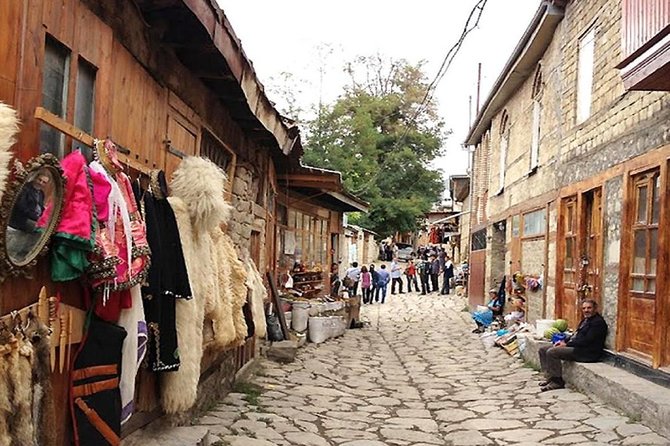
Now the town is decorated with stone-paved squares, neat houses, handmade benches and other interesting products created by the Lagic people. People here are kind and smiling, and the air is literally filled with a peculiar atmosphere of silence, comfort and boundless talent of local people.
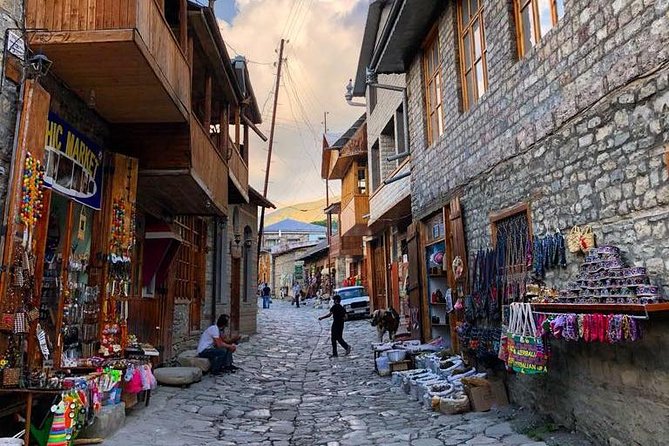
The copper, leather, and carpet crafts still flourish here. Only now the main "merchants" are tourists. Many foreign stores also buy the product.

